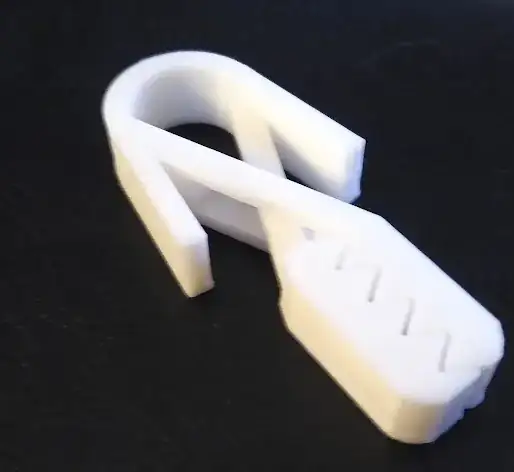I just bought & received my first 3D printer and built it and tried my first print on it. It is this printer ELEGOO Neptune 2S
I printed the following item (chip clip) as a test.
The top of the item looks exactly correct.
However, the bottom (where the print started) is slightly "bonded" (still connected). If you look closely you can see the outline of the teeth.
Can you tell me what might have caused this? Am I using an improper material? (This was test filament that came with printer).
Was the printer not close enough to (or too far from) the bed?
Is there possibly something I should've changed in the settings of the drawing? I left them the same as they were in the downloaded file.

